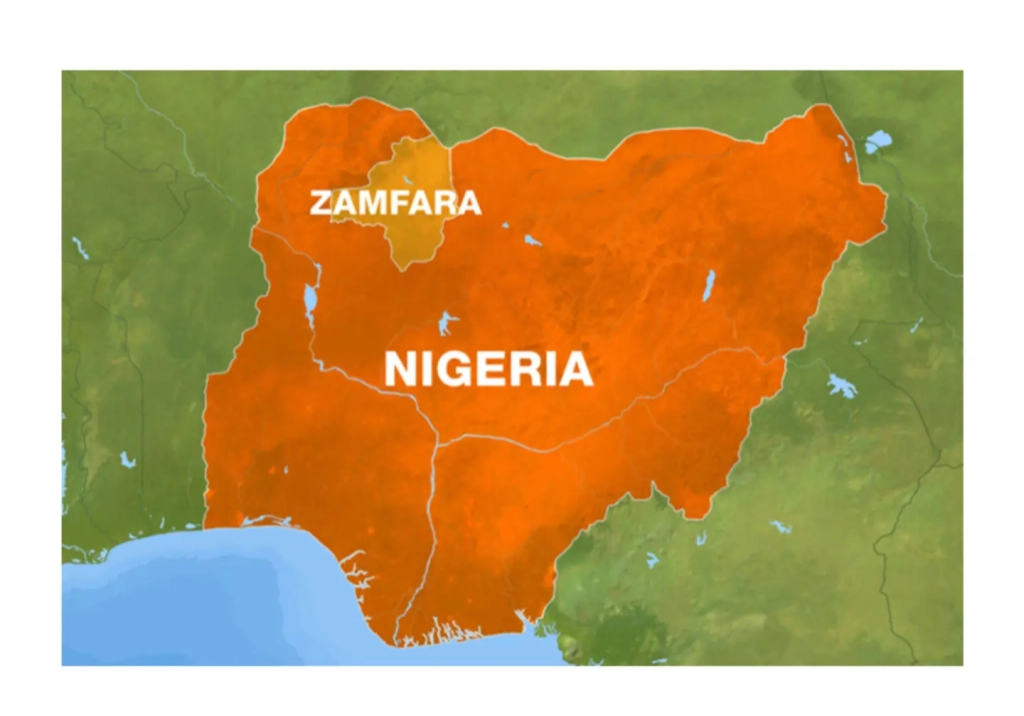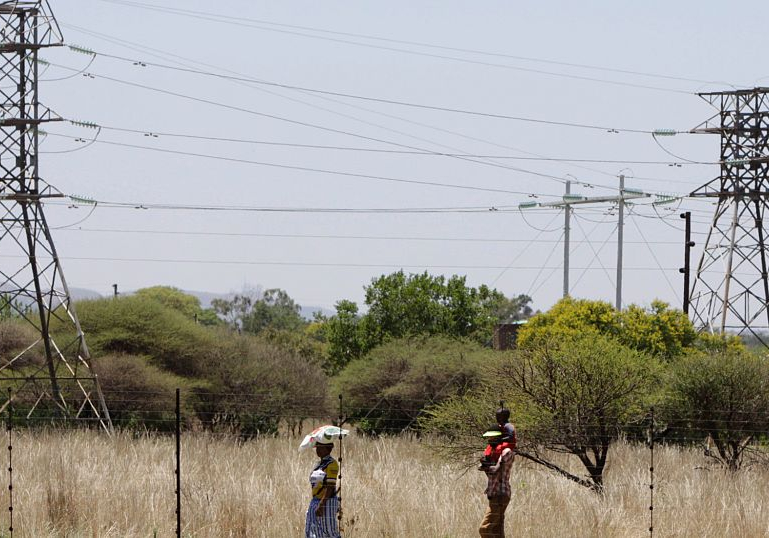Nigeria’s Transmission Company Plans to Boost Grid Stability with Spinning Reserve
The Transmission Company of Nigeria (TCN) has announced plans to procure a spinning reserve to maintain the national grid frequency within specified limits. According to the company’s Managing Director, Sule Abdulaziz, the spinning reserve will ensure the grid remains stable even after a system fault or disturbance.
A spinning reserve is the amount of unused capacity in online energy assets that can compensate for power shortages or frequency drops within a given period of time. Abdulaziz emphasized that the spinning reserve requires collaboration with critical stakeholders in the power value chain to achieve its goals.
To maintain grid voltage within specified limits, TCN is working on installing Flexible Alternating Current Transmission System (FACTS) devices at critical nodes on the grid. These devices will help resolve voltage problems, which in turn will strengthen the grid. The company is also implementing a robust maintenance schedule to regularly inspect and repair aging infrastructure.
Abdulaziz highlighted that the company has proposed several projects to close the remaining loops on the network, which are still radial and creating redundancy. These projects include the proposed second Jos-Gombe line, Makurdi-Jalingo, and Yola-Maiduguri 330 Kilo Volt (kV) lines, which will close the open loop in the Northeast.
The TCN boss emphasized that the company is also working on developing energy storage systems, which can provide backup power during peak demand periods. Additionally, the Federal Government is working on incorporating renewable energy sources such as Solar and Wind to reduce the strain on the grid.
To improve grid stability and reliability, TCN is using advanced monitoring and control systems, including the Generation Dip/Loss Detection System (GLDS) and the Internet of Things (IoT). The GLDS plays a pivotal role in detecting and responding to sudden drops or dips in power generation across the network.
The company’s engineers have also deployed an in-house designed IoT technology to facilitate the collection of near real-time data, including power generation levels and grid performance metrics. This has enabled TCN to significantly improve its ability to monitor grid load and identify potential issues before they escalate.
The Free Governor Mode of Operation (FGMO) is another initiative being used by TCN to automatically adjust generation in response to frequency changes, ensuring stability, reliability, and reduced transmission losses.
With these measures in place, TCN is confident that it can further strengthen the grid and reduce the likelihood of faults that can lead to collapse.








